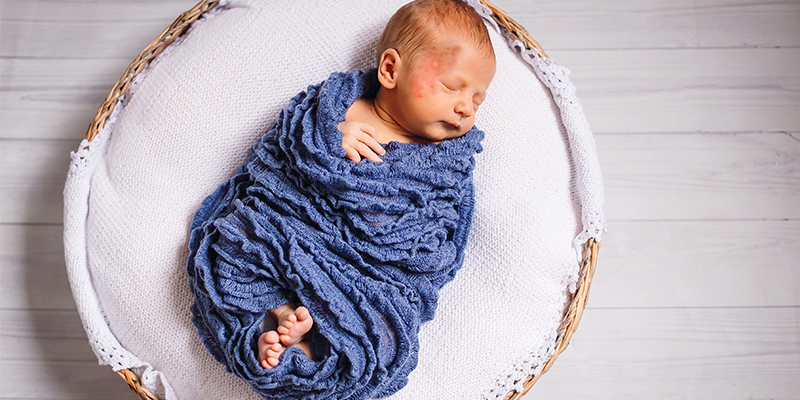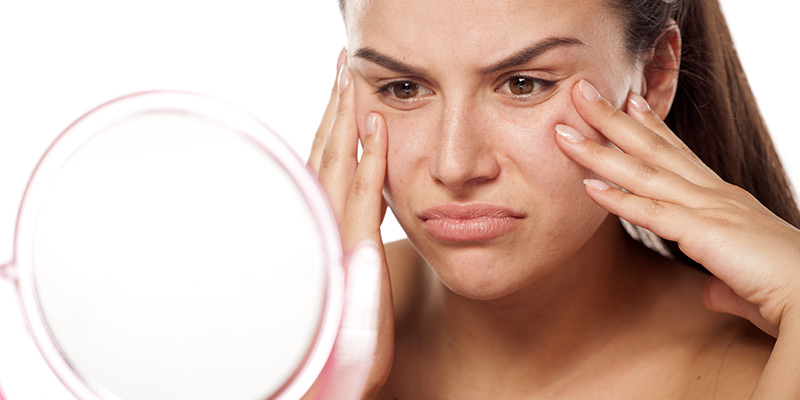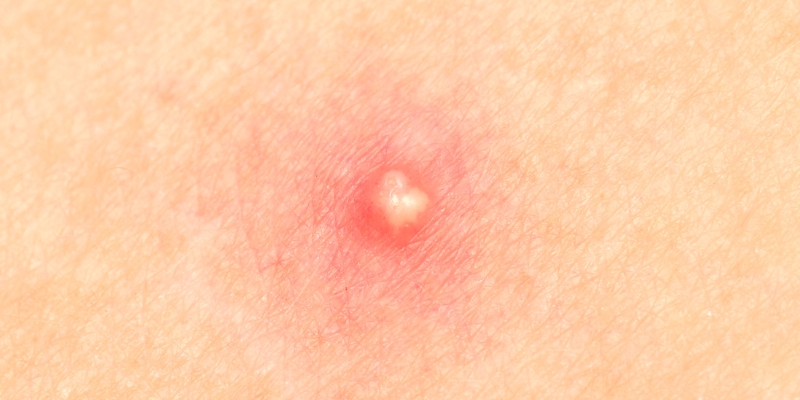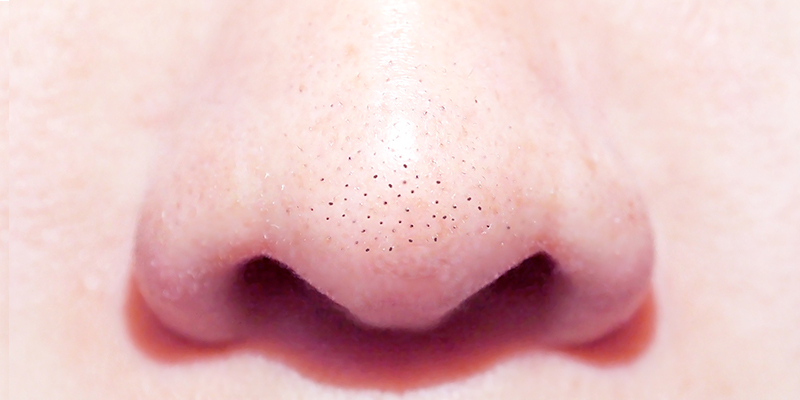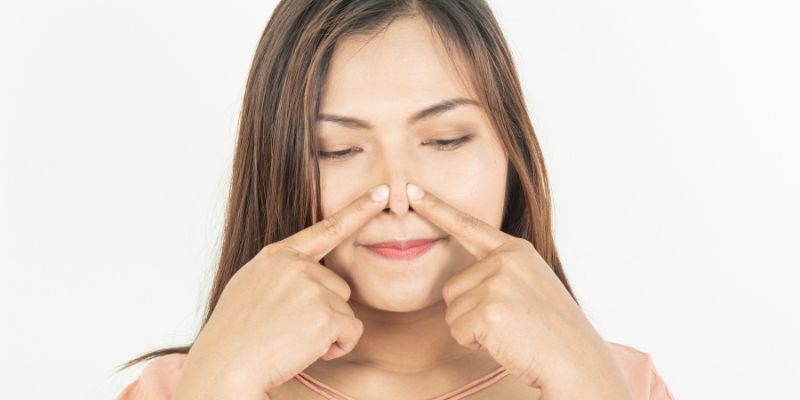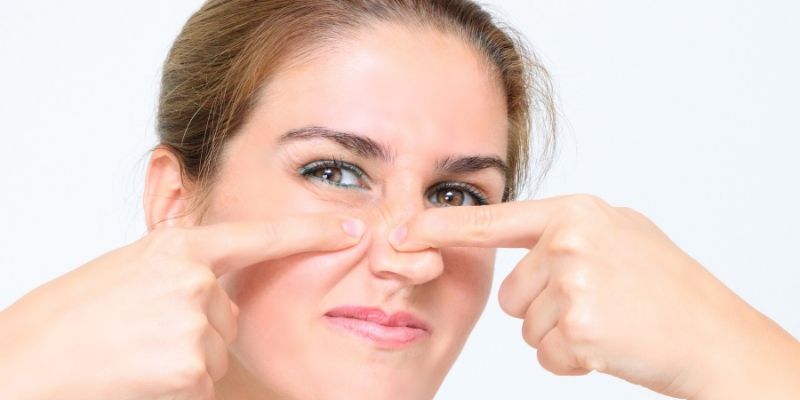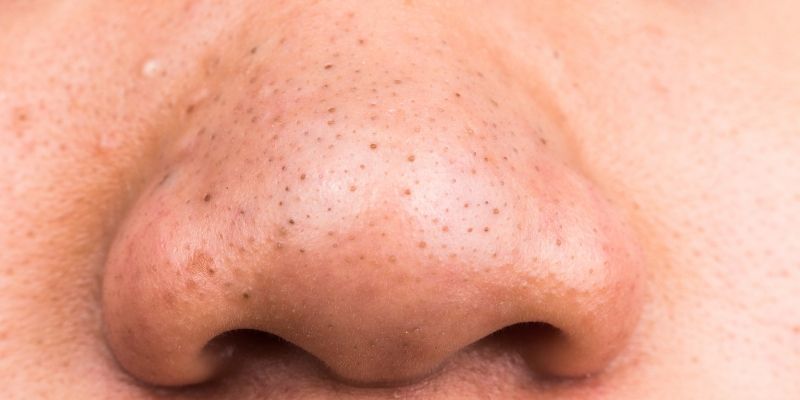How Do You Clear Up Baby Acne?
Babies having acne is hard to believe, as they are always portrayed with soft, plump and a flawless skin. Unfortunately, babies can develop acne as well, although it is not as severe or common as teenage acne. In case your baby has small red bumps that are persistent, and not eczema or milia, then it is most likely that your baby has contracted acne. Baby acne may not be a serious cause of concern, but for any more symptoms like skin rashes or extreme itching, contact a paediatric dermatologist immediately.
What Is Baby Acne?
Baby acne is a cutaneous condition where small yellow/ white headed blister occurs on top of red and inflamed skin. The most common places for this mild skin eruption to appear on chest, head, face and neck. They may sometimes show up on thighs and legs as well. They are more widespread when your baby is hot or cranky, or the skin is infected with spit-ups or fabric induced roughness. This skin condition is usually mild and temporary. It disappears on its own over the course of a few days. It does not hurt the baby or cause any other problems otherwise.
Must Read: What Are The Best Treatments Of Adult Acne?
What Causes Baby Acne?
There is no scientific evidence suggesting the exact cause of pimples in babies. But most babies develop acne during their first two weeks of birth, and you may not control or contain it. There isn’t one main cause, but rather a few speculative causes:
- Hormones – Teenage acne is mainly caused by hormones, and the same can be blamed for baby acne. While it may sound unfair, the baby will develop acne solely because of the mother. Hormonal imbalances, especially excessive production of androgen is passed from the mother to the baby through the placenta and through breast milk. If the baby develops acne after three months, then their own hormones cause the overgrowth of skin glands. These hormones enter the baby’s body and stimulate the oil glands causing the skin to breakout.
- Yeast Growth – A special, yet commonly occurring type of yeast breeds on the new-born’s skin and causes an inflammatory reaction in them. This yeast is called Malassezia.
- Unhygienic Practices – Keeping your baby’s skin clean is very important in order to prevent acne. Soiled diapers and dried saliva can irritate the skin leaving bacteria and yeast to grow on the skin.
- Allergic Reaction – Certain food or medicines which the lactating mother might have taken or is taking, can contribute to the proliferation of acne on the baby.
- Immature Skin – Baby skin is immature and extremely sensitive.
What Are The Different Types Of Baby Acne?
This condition can be classified into two types;
- New Born Acne – It is also known as neonatal acne. It is a benign skin condition that affects 20% of new-born’s. It is completely normal and does not cause any future skin problems or affect the baby in any way. Since the cause is unknown, neonatal acne can be triggered by either the mother’s hormones during pregnancy or passed through the breast milk. Or it can be caused by a type of yeast present on the baby’s skin.
- Infantile Acne – Another type of baby acne is infantile acne. It occurs when the baby is 3 months or older. Larger red pustules and raised blemishes are seen, and it can occur in one among every five babies. It can last longer than neonatal acne and will require medical attention to avoid scarring.
Must Read: How To Get Rid Of Milia Bumps?
What Does Baby Pimple Look Like?
Usually it looks like a red bump, similar to teenage pimples. There may also be whiteheads, pustules or reddish skin around the pimples on the baby’s skin. Most common place is cheeks but it may occur anywhere on the baby’s body. From neonatal to infantile baby acne, both may last for several weeks or months before clearing out.
Symptoms Of Baby Acne
Here are the common symptoms:
- If the pimple is bright red in colour secreting, clear or bloody discharge
- If you feel pus formation along with infected appearance at the site of acne on your baby
- Extreme itchiness and the baby gets fussy by scratching the site of acne
- High fever of or above 100F that persists beyond 2 days
- Any discomfort the baby shows when anything comes in contact with the acne site
Baby Acne Treatment
Acne in babies is usually a temporary condition and does not need any specific treatment. Most often it lasts for few days, but in some cases, it can linger on for several months. A gentle ointment or medically approved cream is prescribed by the paediatric dermatologist, to clear the acne. Please avoid using face washes, lotions and other forms of anti-acne products, available over the counter, on your baby. Babies tend to have very delicate skin at this age and using wrong products can worsen the condition. So consult your pediatrician before opting for a cream or treatment.
Must Read: Acne Treatment – Medication, Peel And Extraction
How To Prevent Acne In Babies?
Baby skin is extremely sensitive and vulnerable to even a mild touch. Sometimes the initial parenting hicks may cause us to ignore the signs of acne or other skin conditions on the baby. But be sure to observe every sign and symptom and refer to your doctor for detailed insights. We have a few tips that can safely prevent pimples to a great extent –
- Clean Skin – Proper baths for your baby will ensure his/her skin is free from yeast or bacteria. It will control sweat as babies tend to profuse excessively. Check with your pediatrician to ensure you do not dehydrate the skin by bathing too frequently or cause infection by not bathing the baby adequately.
- Frequent Diaper Change – Keeping the private parts clean is very important. Diaper rashes, blisters, and itching can occur if there is a lack of ventilation and clean environment.
- Comfortable Clothing – Make sure you buy soft and loose clothes for your baby. Movement and ventilation are necessary for the child to feel comfortable. They can be very uncomfortable if their outfit is too tight or thick, especially in the summer.
- Do Not Touch or Poke – Prevent touching any rashes or blisters or pimples. Fiddling will only aggravate the condition and create additional problems for your baby. It can cause an outbreak which will require medical attention adding more to your baby’s problems.
- Perfect Condition – During winter, keep your baby’s skin moist and during humid summer, keep your baby’s skin dry. As their skin is underdeveloped to maintain the proper moisture level, it is necessary for the caretaker to ensure such conditions are met.
How Long Does This Last?
Baby acne is mainly present at birth; however, it can start to develop within two to four weeks post birth. This acne is very mild with several little white bumps all huddled together. Baby acne can also be red and bumpy in appearance with reddish skin underneath the pimples. They do not itch or ooze any liquid.
Most baby acne is hormonal and heals naturally within few days or weeks. Only in rare cases does it prolong for months. Unfortunately, baby acne can aggravate and become more pronounced if the baby is upset. A crying, fussy baby will prolong the acne, and it will be difficult to heal the problem. Rough and itchy fabrics also irritate this skin affliction along with dried up saliva and spit-up left on the face.
For more information, visit Oliva Skin and Hair Clinic today.






